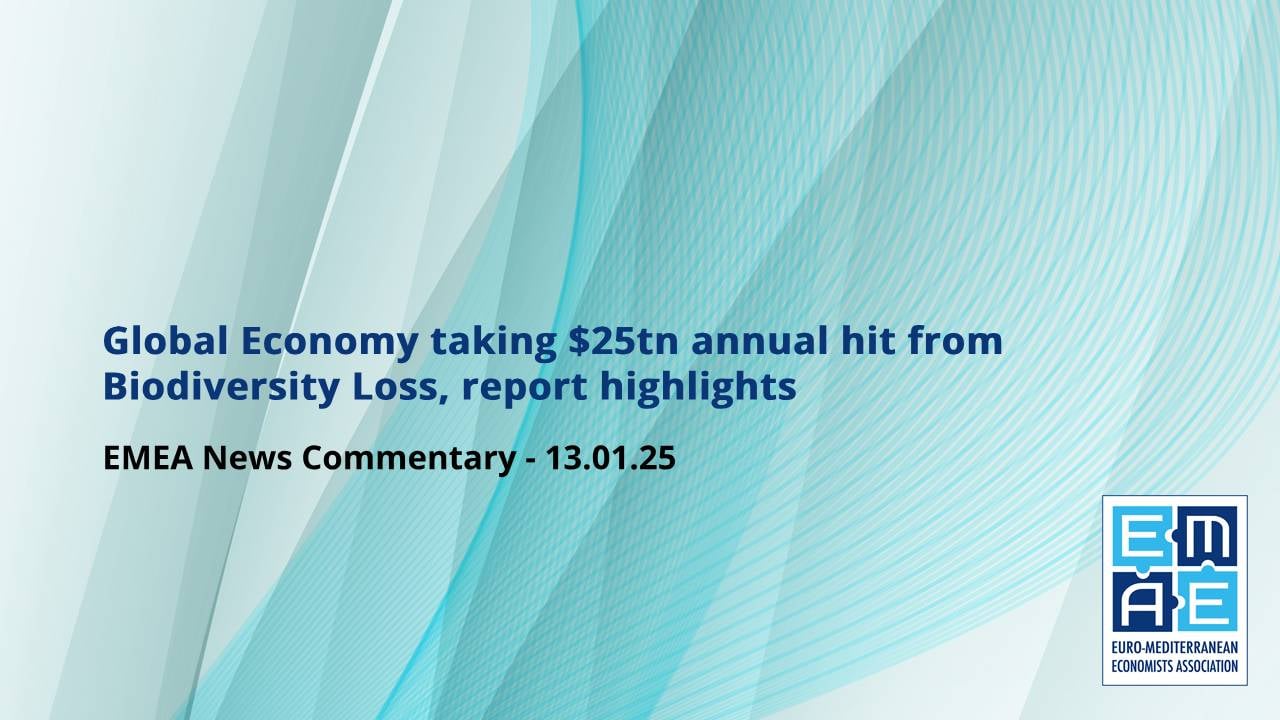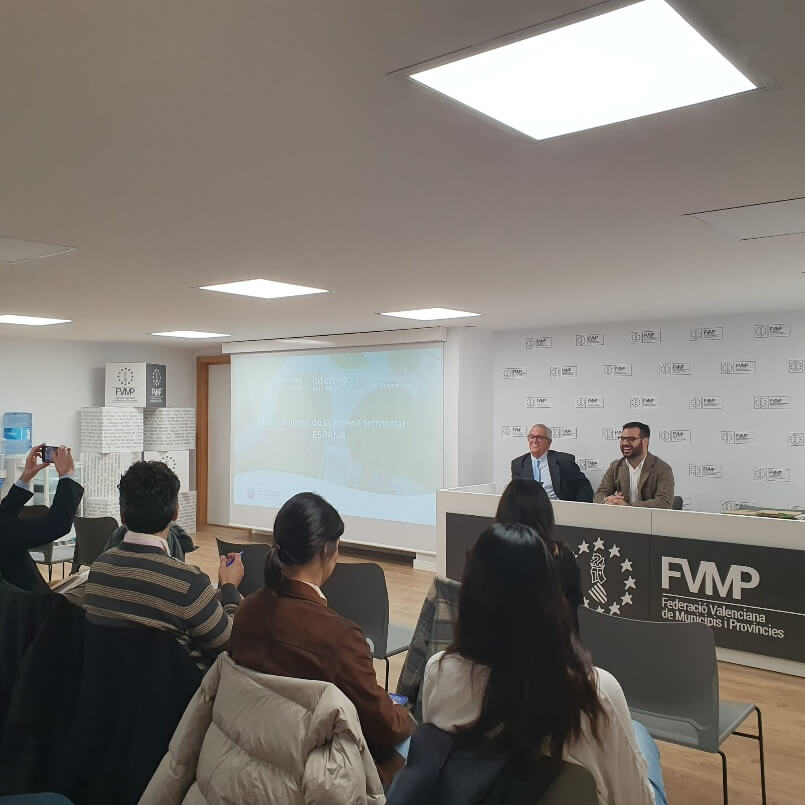A staggering $25tn is being drained from the global economy year-on-year due to interlinked calamities created by sectors such as agriculture, energy and fishing.
The amount lost is equivalent to one quarter of worldwide GDP, according to a landmark report by international biodiversity scientists.
As detailed in the Financial Times, the under-fire sectors are failing “to account for how their actions fuel interconnected crises in nature, climate and human health.”
The authoritative policy report was compiled by a grouping of 165 top scientists, who make up the Intergovernmental Science-Policy Platform on Biodiversity and Ecosystem Services (IPBES).
Its publication has coincided with the failure of 2024 UN negotiations to offer any clear direction on issues such as biodiversity, desertification, pollution and the reduction of greenhouse gas emissions linked to climate change, the FT noted.
IPBES, equivalent in influence to the Intergovernmental Panel on Climate Change, has concluded that “tackling biodiversity loss, climate change, water scarcity, food insecurity and health risks in isolation was not only compounding those issues but also driving spiralling economic costs.”
Pam McElwee of Rutgers University, one of the report’s co-authors, said that money was being wasted and that efforts were being duplicated because each problem was being tackled individually. “If we were actually able to bring policy sectors together, there would be significant cost savings,” she said.
The report, approved in recent days by IPBES member states in Namibia, is the result of three years of work by the scientists, who collectively represent 94 countries globally.
It estimates that unaccounted-for costs from current business practices, which have failed to account for damage caused across systems, are anywhere between $10tn and $25tn annually.
The IPBES report also declared that delaying action on these crises would load $500bn annually to future costs, if climate change isn’t properly addressed. Ignoring biodiversity loss would see costs double what they are currently, within 10 years.
One example of loss that the FT highlighted was unsustainable farming practices. Although these can result in short-term yield increases, the overuse of chemicals to boost production creates run-off pollution. This has the knock-on effect of harming water quality downstream and impacting human health through more waterborne diseases.
According to McElwee, decision-making within the current system had largely ignored the impact of these trade-offs. “We pass those costs on, whether it’s to insurance companies or to poor and marginalised people who are suffering from these pollution burdens or the malnutrition burdens,” she said, adding that it was vital that these unfolding crises should be treated as a “complex, interconnected system.”
Misaligned financial incentives
The FT article referenced October’s UN biodiversity summit in Cali, Columbia, which broke down with no agreement reached on a global funding strategy to halt nature loss by 2030. The fractured talks had created much frustration amongst developing nations, the paper reported.
The recent UN desertification summit in Riyadh had also failed to reach agreement on a legally binding response to drought, the FT wrote.
According to the IPBES scientists, biodiversity is declining at a rate of between two and six per cent per decade. This was causing ecosystems to deteriorate, which are key to underpinning food security and climate resilience.
They also calculated that over the last half a century, climate change-related extreme weather events had been responsible for 12,000 disasters – equating to a cost of 4.3tn in damages. As much as 90 per cent of the effects of these disasters had fallen on lower-income countries.
The scientists observed that misaligned financial incentives were a major factor behind the growing number of crises. Governments were currently spending $1.7tn per year on crisis-compounding subsidies that encouraged environmentally harmful practices, such as fossil fuel production, overfishing and unsustainable agriculture.
McElwee pointed out said that substantial public sector investments often enabled “the private sector to follow along.” Revealingly, the report identified $5.3tn in annual private financial flows that directly damaged biodiversity, such as investments in deforestation, pollution-heavy industries and overexploitation of resources.
She said these issues must be tackled through “better information and transparency about public financing activities, increasing positive investments through tools like green and blue bonds and removing harmful subsidies.”
Business models needed to be more effectively incentivised towards areas such as regenerative agriculture and valuing sustainable forest ecosystems. “That would go a long way toward reducing a lot of those externalities,” McElwee suggested.
Proven solutions already available
Despite the concerns raised by IPBES, the report argued that proven solutions preventing biodiversity loss were already available and being successfully implemented in various parts of the world. “We don’t have to wait for some sort of technological advancement across any of these elements. We have solutions in hand now,” McElwee said.
The report cited over 150 case studies where it was possible for integrated approaches to deliver “benefits across biodiversity, climate, water, health and food systems.”
Meanwhile, according to a second IPBES report, called Transformative Change, which was published just before Christmas, if immediate action was taken on biodiversity, $10tn could be unlocked in business opportunities which would support 395 million jobs worldwide by 2030.
It blamed economic and political inequalities, especially those linked to colonialism, as being key reasons as to why biodiversity loss hasn’t been properly addressed.
Biodiversity hit to economies estimated at up to $25tn a year in landmark report





